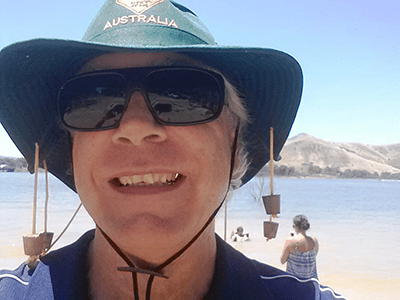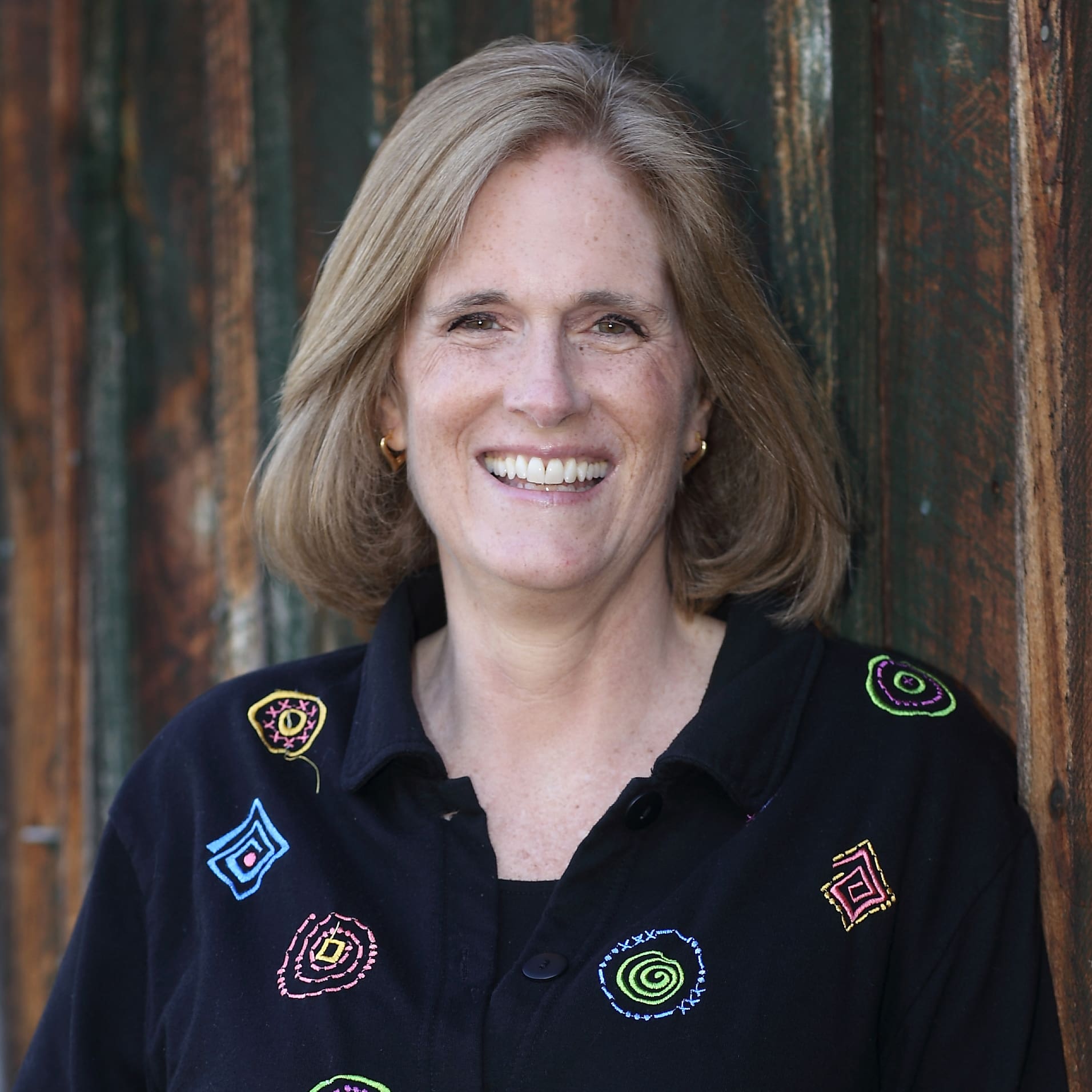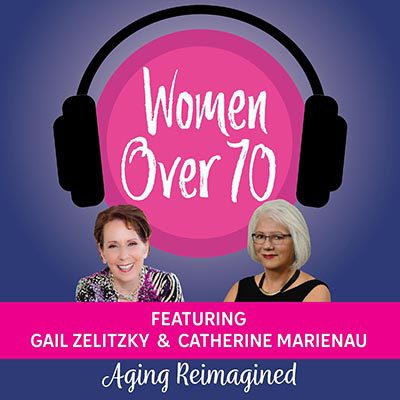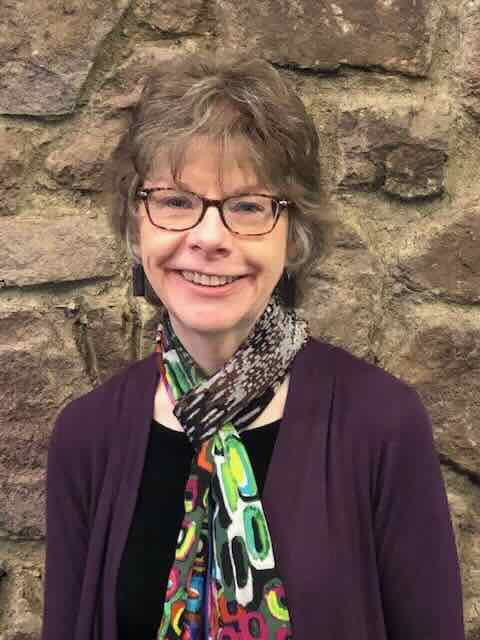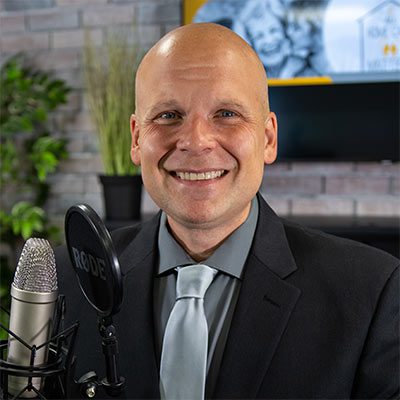Hope is more than just a feeling
Unlocking Hope: Navigating Chronic Pain with Cognitive Behavioral Therapy and Support
Chronic pain can feel like an uninvited guest that overstays its welcome, casting a shadow on daily life. But what if you could reclaim your narrative? What if hope could become your guiding light through the fog of discomfort? Enter Cognitive Behavioral Therapy (CBT), a transformative approach designed to help individuals manage chronic pain by reshaping negative thought patterns and behaviours. For seniors, CBT alleviates pain and nurtures a more positive outlook on health and well-being.
In Canada, programs like BounceBack Canada offer invaluable CBT Coaching tailored for seniors grappling with chronic pain and Depression. Meanwhile, in the U.S., initiatives such as PainRehab at Mayo Clinic provide comprehensive rehabilitation programs that incorporate CBT techniques.
The Power of Connection: Support Groups and Peer Support
Imagine sharing your journey with others who truly understand your struggles—this is the essence of support groups! Connecting with peers facing similar challenges can significantly uplift spirits and foster resilience. These groups provide emotional comfort and social interaction, specifically catering to seniors living with chronic illnesses.
In Canada, organizations like the Chronic Pain Association of Canada offer online resources and supportive communities. In the U.S., the Arthritis Foundation hosts both in-person and virtual support groups designed to empower individuals in managing pain while staying active. 🤝
Empower Yourself: Chronic Disease Self-Management Programs (CDSMP)
Ever felt overwhelmed by managing a chronic condition? You’re not alone! Chronic Disease Self-Management Programs (CDSMP) are workshops crafted to equip individuals with skills to better handle their symptoms. Covering essential topics such as pain management, Stress reduction, physical activity, and cultivating hope, these programs are invaluable resources.
In Canada, Living Well with Chronic Disease provides accessible programs across most provinces. In the U.S., the National Council on Aging offers information on various self-management workshops tailored for seniors seeking empowerment over their health journeys.
Holistic Healing: Senior Wellness Programs and Pain Clinics
Specialized wellness programs and pain clinics present integrated approaches to tackling chronic pain—addressing not just physical symptoms but mental and emotional well-being too! Many of these facilities offer access to physiotherapy, nutrition counselling, mindfulness practices, and innovative pain management techniques.
In Canada, provincial health services often operate chronic pain clinics like Toronto Pain Clinics or HealthLink BC’s resources. Across the border in the U.S., renowned institutions such as Cleveland Clinic provide comprehensive integrated pain management programs aimed at holistic healing.
Getting Started: Mindfulness, Yoga, and Meditation
Ready to embark on a journey toward improved health? Here’s how you can start small yet impactful:
1. Embrace Mindfulnes: Begin with short sessions using apps like Calm or Insight Timer—just 5–10 minutes daily can work wonders!
2. Try Gentle Yoga: Seek beginner classes focused on seniors; SilverSneakers or local community centers often have accessible options.
Getting Started: Mindfulness, Yoga, and Meditation
If you’re just starting out and looking to explore practices that foster hope and improve health, here’s a step-by-step approach:
Start Small with Mindfulness. Use an app like Calm or Insight Timer for short, guided mindfulness sessions. Aim for 5–10 minutes a day to build the habit.
Try Gentle Yoga. Look for beginner yoga classes, particularly those focused on seniors. Check out SilverSneakers or local community centers for accessible yoga programs. Chair yoga is a great option for those with mobility challenges.
Begin a Meditation Practice. Explore guided meditation using platforms like Headspace or Mindful. Start with meditations focused on health, gratitude, or stress reduction.
Establish a Routine. Integrate mindfulness, yoga, or meditation into your daily routine. Whether you start your morning with deep breathing exercises or end the day with meditation, a regular practice fosters a sense of control and hope.
The Link Between Hope and Health
Remember, hope and health go hand in hand. A positive outlook, coupled with consistent wellness practices, can enhance both mental and physical well-being. For seniors living with chronic pain, the journey may be challenging, but with the right tools and support, hope can be a powerful resource to help manage pain, build resilience, and improve quality of life.
Originally Published on https://boomersnotsenior.blogspot.com/

